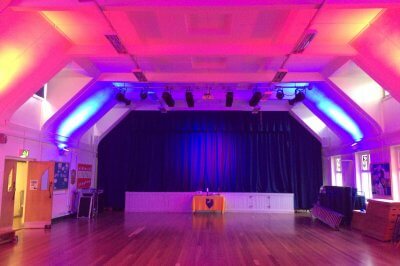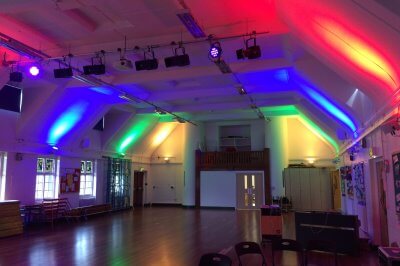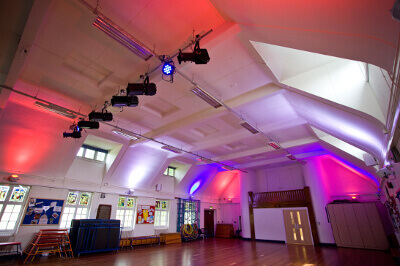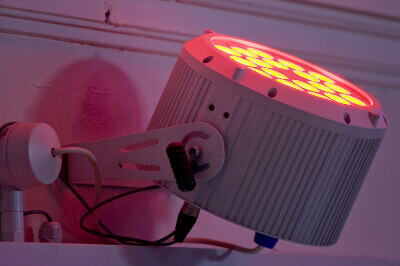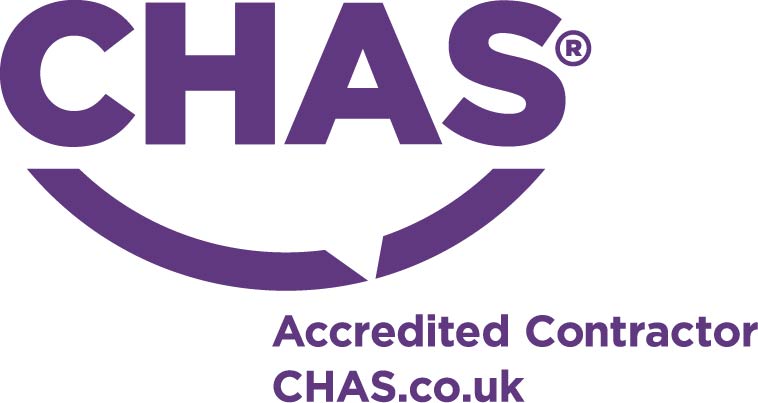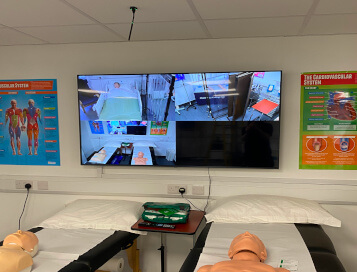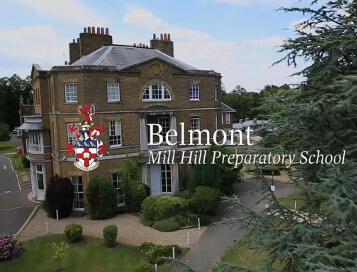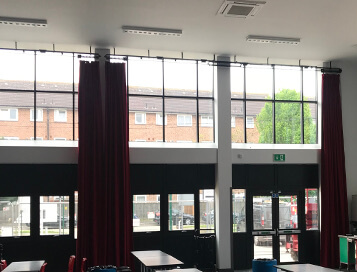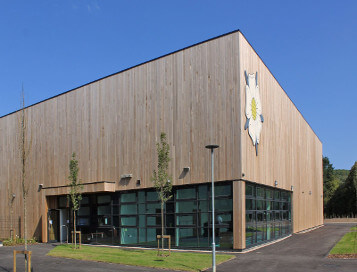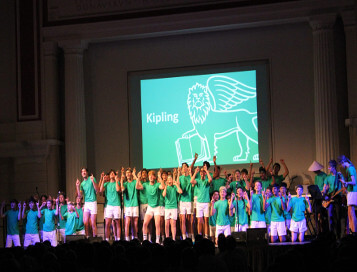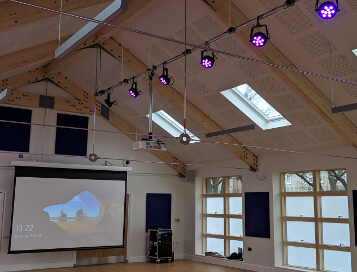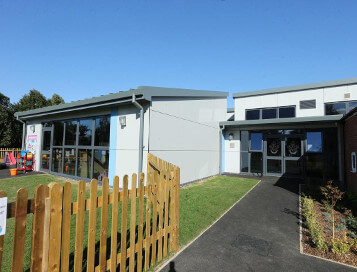Unless some generous benefactor is involved, primary schools constantly wrestle with limited budgets. Fortunately there is often a group of energetic and dedicated fundraisers helping to fill the coffers in the coming year. So when Clarity is asked to design any systems under such constraints we always focus on the following:
- Present the school with prioritised cost options.
- Don’t allow the budget to limit the possibility for future system enhancements.
- Be uncompromising on the quality and reliability of the specified equipment.
- Facilitate maximum usage possibilities as well as ease of use for the systems provided
- Re-use existing equipment where appropriate.
- Do not waste a penny.
The systems we installed at St Andrews obeyed the rules above. The sound and lighting systems essentially use a plug and play format that readily accept additions and are also simple to use. Portability and the judicious positioning of connection panels mean that the equipment can be used in multiple places (e.g. front or back of the hall) for a variety of event types. In the case of lighting and projection not only were we able to extensively reuse the schools existing equipment we were also able to improve its functionality and effectiveness.
Sound System:-
The sound system is built into a portable trolley with an integral standard equipment size rack, housed in a robust flight case and mounted on heavy-duty castors. The equipment in the trolley consists of an eight input mixer, amplifier, two radio microphone systems, a CD/USB/SD/Bluetooth player and a Denon Blu Ray. The trolley has spare slots to accept future equipment additions and a connection panel with a variety of inputs including mini jack (for a computer, Smartphone, Tablet or MP3) and a cabled microphone input. The sound system’s portability permits maximum usage; different locations, different size events and its simplicity enables the broadest range of user skills.
We installed two connection panels in the main hall, one at the front for normal daily use and the other at the rear for major productions. Both panels connect the sound system to the four wall mounted speakers, two in front of the drapes and two at the rear of the main hall. The speakers are mounted on adjustable wall brackets and as with any overhead equipment we employed a second failsafe fixing method. The school also purchased portable loudspeakers that plug directly into the trolley so that the sound system can be wheeled to any desired location including playgrounds and sports fields.
Theatrical Lighting:-
We removed the original lighting bars that were poorly located, repositioned them and added a new bar front of stage. The bars were furnished with several of the schools own conventional lanterns plus additional new colour changing LED Pars. For atmospheric and architectural impact we installed eight wall mounted colour changing LED wall wash uplighters, the effect of which can be seen in the photo above. We retained the school’s dimmer system used on the original conventional lanterns and controlled all lights, new and old, digitally from a Jester ML lighting desk. We proposed the programmable Jester ML because of the school’s familiarity with this type of equipment and for its flexibility, allowing the addition of moving lights, bubble, haze, smoke machines and disco lights to name but a few.
Drapes and Projection:-
To obtain the most aesthetically pleasing appearance we commissioned ‘made to measure’ front of house heavy-duty curtains with side panels to exactly match the hall’s ceiling profile, as shown in the top photo.
The schools existing electrically operated 3-metre drop down projection screen was repositioned in front of the drapes. A new 5,500 lumen Panasonic projector was mounted on the ceiling driven from two conveniently placed connection points, each with an HDMI input converted back to CAT5 and fed back to the projector.
